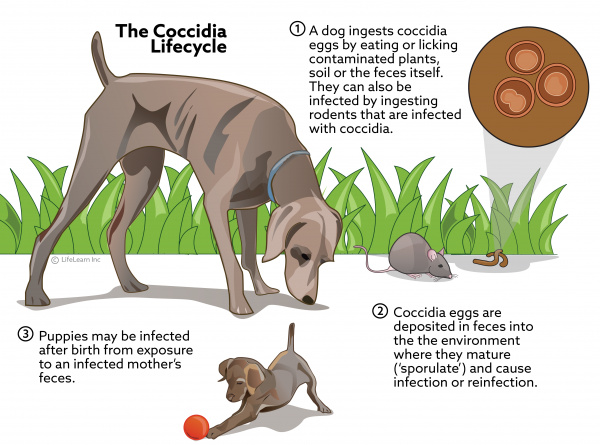
Nov . 06, 2024 22:07 Back to list
Understanding the Symptoms and Treatment of Carp White Cloud Disease in Aquatic Environments
Understanding Carp White Cloud Disease Causes, Symptoms, and Treatment
Carp, a popular freshwater fish found in ponds, lakes, and rivers worldwide, has been a favorite in both aquaculture and the aquarium trade. However, aquarists and fish keepers often face challenges related to the health and well-being of their aquatic pets. One such challenge is White Cloud Disease, a term that describes a common affliction in carp and other freshwater species. This article delves into the causes, symptoms, and treatment of this disease, providing essential information for fish enthusiasts and caretakers.
Causes of White Cloud Disease
White Cloud Disease, which affects primarily carp and ornamental fish, is not caused by a single pathogen but rather a group of factors, primarily including parasitic and environmental stressors. One of the most notable culprits is a protozoan parasite known as *Costia*, which thrives in suboptimal water conditions. These parasites can invade the skin and gills of fish, leading to significant health issues.
Environmental factors play a crucial role in the onset of this disease. Conditions such as poor water quality, inadequate filtration, and insufficient aeration can stress fish, making them more susceptible to infections. Temperature fluctuations and overcrowded tanks can also contribute to the disease’s manifestation. Stress weakens a fish's immune system, allowing parasites and pathogens to invade, causing various health problems.
Symptoms of White Cloud Disease
Identifying White Cloud Disease early is essential for effective treatment and preventing widespread infections among a fish population. Symptoms can vary, but some common signs include
1. White Patches The most noticeable symptom is the appearance of white patches or cloudy lesions on the fish’s skin, fins, and gills. These markings result from the parasite infecting the epidermis.
2. Respiratory Distress Affected fish may exhibit signs of breathing difficulties, such as rapid gill movement or gasping for air at the water’s surface. This behavior is often linked to gill damage caused by the infection.
3. Lethargy Infected fish often become lethargic and exhibit reduced activity levels. They may isolate themselves from other fish and display less interest in food.
4. Fins Clamped Close Fish with White Cloud Disease may keep their fins close to their bodies, indicating discomfort or stress.
carp white cloud disease

5. Swollen Abdomen In severe cases, fish might develop a swollen abdomen due to internal infections or other complications arising from the disease.
Treatment Options
Prompt recognition of White Cloud Disease can help mitigate its spread and impact. Various treatment methods are effective in addressing the disease
1. Improving Water Quality The first step in treating White Cloud Disease is to assess and improve the water quality in the aquarium or pond. Regular water changes, optimizing filtration systems, and ensuring adequate aeration are crucial.
2. Medications Several over-the-counter treatments are available specifically for parasitic infections. Look for medications that contain anti-protozoan agents. It’s vital to follow the manufacturer’s directions for dosing and treatment duration.
3. Salt Treatments Adding aquarium salt can help treat external parasites and alleviate stress in fish. However, it’s essential to monitor the salinity levels closely and avoid using salt in tanks with sensitive species.
4. Quarantine Measures Infected fish should be isolated to prevent the disease from spreading to healthy fish. Setting up a quarantine tank can help treat the affected fish without risking the entire population.
5. Stress Reduction Implementing measures to minimize stress in fish—such as avoiding overcrowding, ensuring proper tank mates, and maintaining stable water parameters—can significantly improve their overall health and resistance to diseases.
Conclusion
White Cloud Disease is a significant concern for carp keepers, but understanding its causes, symptoms, and treatment options can empower fish enthusiasts to maintain healthy aquatic environments. By prioritizing water quality and promptly addressing any indicators of illness, fishkeepers can help their carp and other freshwater species thrive, ensuring a vibrant and lively aquatic ecosystem. Knowledge, vigilance, and immediate action are vital in the fight against this debilitating disease.
-
Custom China Salivation Solutions | Factory Direct Supply
NewsAug.16,2025
-
Nitrobacteria Factory: Top Manufacturer & Supplier
NewsAug.15,2025
-
Leading Age at First Egg Factory Solutions
NewsAug.14,2025
-
Top Copper Sulfate for Pond Factory & Supplier
NewsAug.13,2025
-
Leucocytozoonosis Factories: Leading Suppliers & Custom Solutions
NewsAug.12,2025
-
High-Quality Diclazuril for Effective Coccidiosis Control
NewsAug.11,2025


